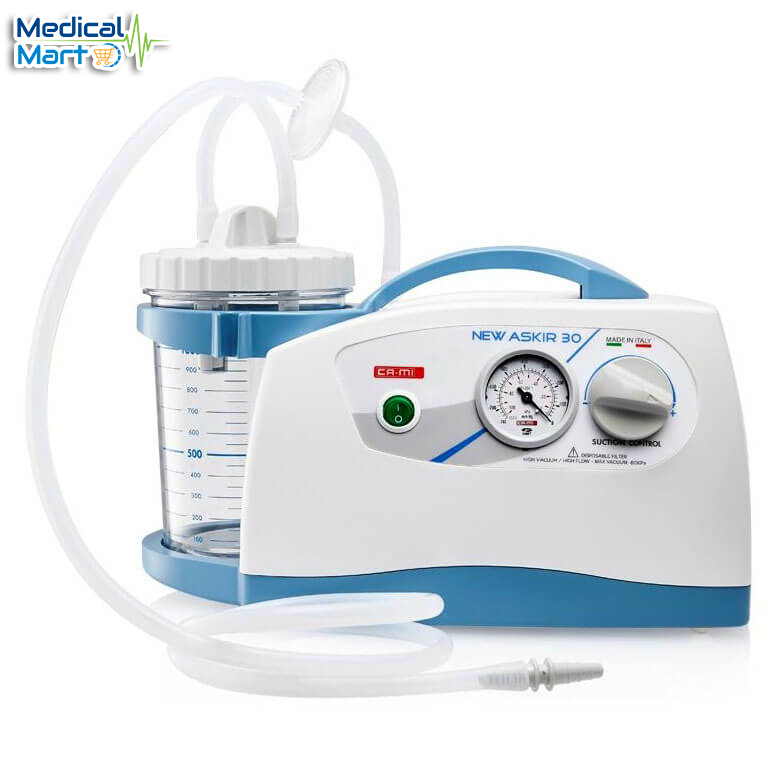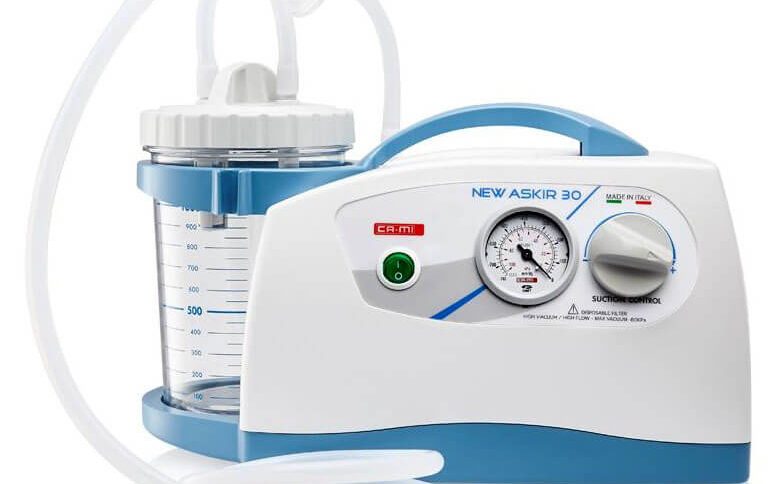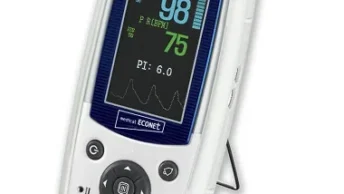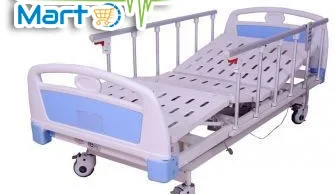A suction machine, also known as a suction pump or aspirator, is a medical device designed to remove mucus, fluids, or other secretions from a patient’s airways, particularly the nose, mouth, and throat. It can be used to assist patients in various healthcare settings, including hospitals, clinics, and even at home. Here’s how a suction machine can help a patient at home:

Airway clearance: Suction machines are primarily used to clear the airways of patients who have difficulty coughing up or expelling mucus or other secretions. This can be especially important for individuals with respiratory conditions such as chronic obstructive pulmonary disease (COPD), cystic fibrosis, or neuromuscular disorders.
Respiratory support: Patients who have difficulty breathing due to excessive secretions or blockages in their airways may use a suction machine to maintain proper oxygen exchange. Clearing the airways can help prevent respiratory distress and improve oxygenation.
Preventing aspiration: Suction machines are essential for individuals who have swallowing difficulties, as they are at risk of aspirating food, fluids, or saliva into their lungs. Aspiration can lead to pneumonia and other serious respiratory problems.
Managing tracheostomies: Some patients have a tracheostomy, a surgical opening in their neck that connects directly to their trachea (windpipe). A suction machine is often needed to keep the tracheostomy tube clear and prevent mucus buildup.
Supporting home care: Suction machines are used in home healthcare settings to provide immediate relief to patients who require regular airway clearance or have difficulty managing their secretions. They enable patients to receive the necessary care without the need for frequent visits to healthcare facilities.
Using a suction machine at home typically involves the following steps:
Proper setup: Ensure that the suction machine is clean, and all necessary components are in place, including the suction catheter and collection container.
Sterilization: Sterilize the suction catheter as needed to maintain hygiene.
Positioning: Position the patient comfortably, often in a sitting or semi-reclined position, and have them tilt their head slightly forward.
Preoxygenation: Administer oxygen to the patient if necessary, as suctioning can temporarily reduce oxygen levels.
Suctioning: Insert the catheter into the patient’s mouth or tracheostomy tube and apply suction while carefully and gently withdrawing the catheter. This action helps remove secretions.
Monitor: Observe the patient for any distress or changes in vital signs during and after suctioning.
Cleaning and maintenance: After use, thoroughly clean and disinfect all parts of the suction machine to prevent contamination and infection.







